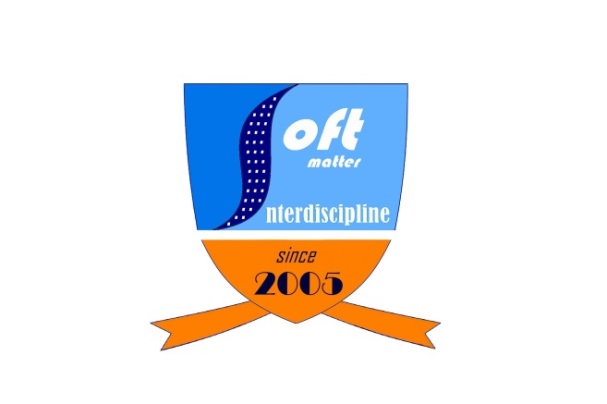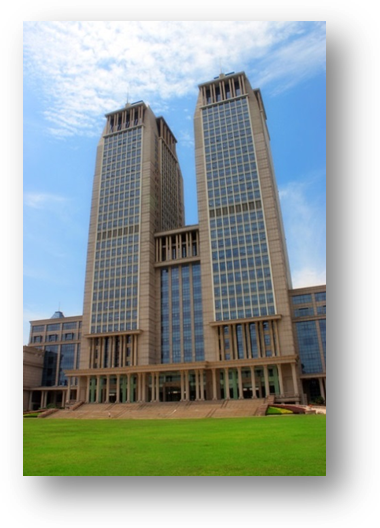|
Volume 8, Number 4 Department of Physics, Fudan University |
  |
|---|
|
Water Purification: The study on the flow of water across nanochannels or microchannels has many applications, for example, in understanding biological activities and design of nano-devices or nano-machines. As one knows, if the pore of a channel is small enough, ions solved in water will be excluded from the channel, and only water molecules are allowed to permeate. How to increase water transfer rate across the channel plays important roles in water purification or seawater desalination. The group utilizes molecular dynamics simulations, and tries to find basic factors which can affect transport properties of water molecules across channels in membranes. These results not only pave a way for designing high-flow nanochannels, but also provide a new insight into water permeation across biological water nanochannels. Soft Material: Soft materials are sorts of composite materials such as ferrofluids and magnetorheological fluids, which consist of ferromagnetic particles and a host liquid. When magnetic fields or electric fields are imposed on such materials, the suspended particles will line up along the direction of external fields. The fluidity and controllability of soft materials provide unlimited possibilities of creating or manipulating specific odd properties in many aspects, such as optical negative refraction of ferrofluids. |
Transformation Thermodynamics: By referring to transformation optics, the group established transformation thermodynamics and then designed thermal cloaks as a thermal metamaterial as early as 2008. As a result, an enthusiasm in designing new thermal metamaterials has been aroused by utilizing the transformation thermodynamics. So far, besides cloaks, a lot of new thermal metamaterials, such as concentrators, rotators and inverters, have been theoretically designed or experimentally realized. Thus, it becomes possible to control heat flow at will by using thermal metamaterials. Econophysics: Both empirical and experimental econophysics are studied in the group. The former one uses statistical methods to analyze the empirical data of financial markets. The purpose is to find the empirical laws under the financial data or the differences and similarities on the statistical properties across different countries’ markets. The latter includes agent-based modeling and controlled laboratory human experiments, in both of which artificial markets are carried out to find the underlying dynamics of the real markets. Besides the human dynamics in artificial financial markets, the group has also studied resource allocation problems with herd or contrarian behavior. |
|
Water Purification: Channels usually have various configurations. The group tries to devise non-perfect structures of nanochannels across which water molecules permeate. If such structures of nanochannels help to increase water transfer rates across membranes, a lot of energy will be saved. Besides, the group attempts to obtain the effects of ions or fields on water permeation across nanochannels. Soft Material: Some basic theories of soft materials are to be discovered and new applications in acoustic and other aspects will be developed in future. For instance, a new phase switch between a liquid state and a shear banding state in electrorheological fluids is being investigated, which differs from the usual liquid-to-solid phase switch. |
Transformation Thermodynamics: There is an endeavor in extending the theory of transformation thermodynamics to treat heat radiation and heat convection. Moreover, designing some new thermal metamaterials is also in schedule in order to control heat transfer more freely. Econophysics: Several projects are carrying on recently: using statistical methods originating from empirical econophysics to analyze the data from music, paintings, and social networks; designing highly-gifted agents for financial markets to study artificial intelligence; building a controllable laboratory stock market and trying to find the leverage effect in the human experiments; and finding the network effect in a resource allocation system. |